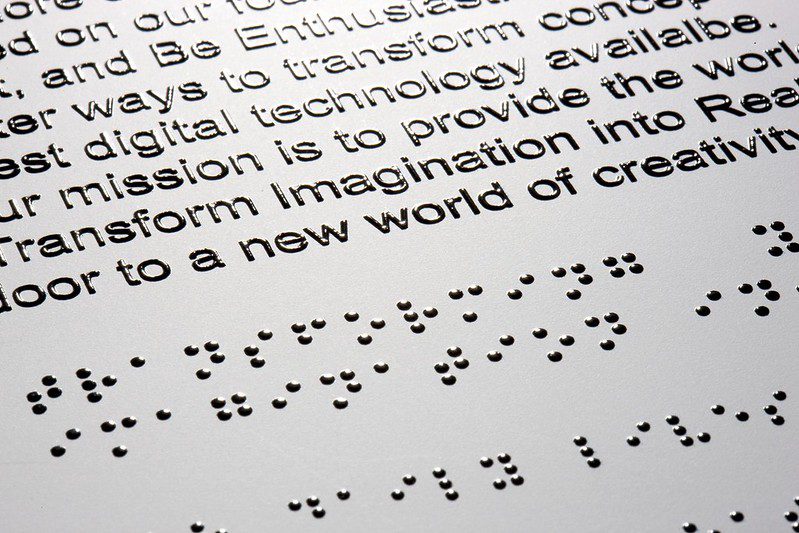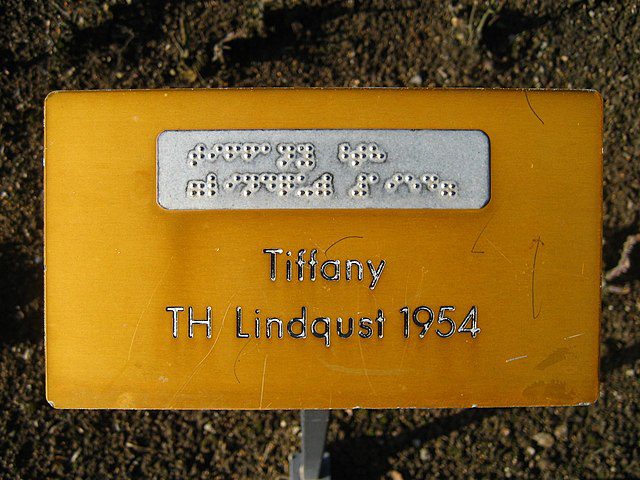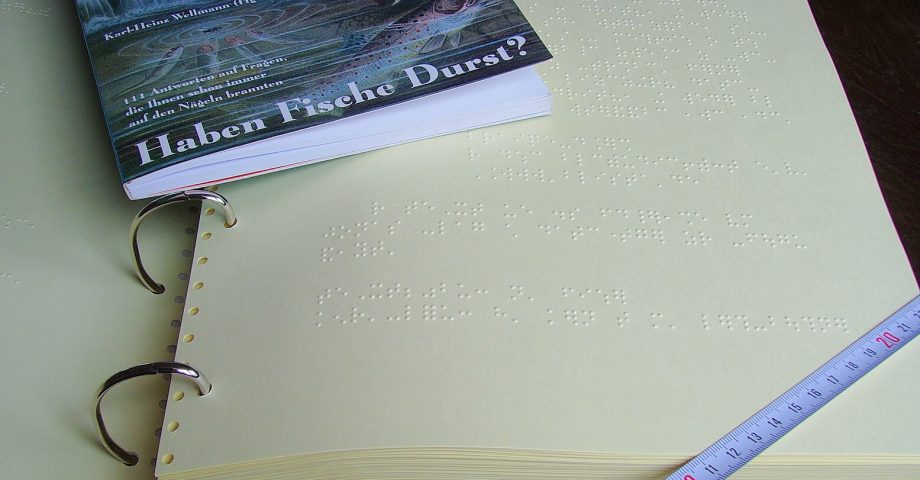10 Brilliant Facts about Braille
Where would millions of us be without brilliant Braille? This incredible language tool helps millions of people with sight difficulties across the globe every day – and is always helping people with sight impairment to enjoy new books and access more facilities. So, let’s take a closer look at this all-important invention! Here are some fun facts about Braille!
1. What is braille?
Even if you have never heard of Braille, you will likely have already seen it! Braille is a system of simple raised dots that can be felt with the fingertips and is used by people who are either blind or in someway visually impaired to read and write.
2. Who’s responsible for the dots?
Braille was invented by Louis Braille, a renowned French innovator who went blind due to a childhood accident. He developed Braille at the age of 15 in 1824 as a way to read and write independently!
3. Here’s how Braille fits together.
Braille consists of a six dotted grid arranged in two columns of three dots each. This grid allows for the representation of letters, numbers, punctuation, and even musical and scientific symbols!

4. Braille is pretty much different wherever you go!
Although many consider Braille to be a universal standard that is simply the same everywhere, it really isn’t! There are different Braille codes for different languages! This means that if you learn braille in the US, you wouldn’t necessarily be able to follow it across the pond.
5. There’s a leading type of Braille.
That said, one code does stand out more than others. Grade 2 Braille is the most widely used – handily, it includes contractions and abbreviations to increase reading efficiency.
6. Is it a language?
It is important to note that Braille is not, in fact, a language itself. Instead, it is a system of tactile bumps that can be used to write and read various languages, including English, French, Spanish, and many others.
7. It is, or should be, everywhere!
The Braille system is not limited to books and written materials! It is also commonly used on signs, elevator buttons, currency, and other everyday items to provide accessibility for people with visual impairments. So, if you’ve ever wondered what those little dots on the elevator panels were, now you know!
8. Braille is incredibly important.
Given how small Braille can be, it can be difficult as someone who can see to understand just how truly valuable it is. Learning Braille can provide individuals with greater independence, as it allows them to read and write without relying solely on auditory or verbal communication. It’s a crucial facet in many people’s lives, who really couldn’t live without it.

9. Ever marked World Braille Day?
The United Nations has designated January 4th as World Braille Day. The day commemorates Louis Braille’s birthday and highlights the importance of Braille as a means of communication and literacy for people who are blind.
10. You can learn math through Braille.
Braille isn’t just a tool for communication. Believe it or not, there’s a specific type – the Nemeth Code – developed by one Dr. Abraham Nemeth, who helps visually iumapired people learn calculus, simple math, and even complex algebra! No getting out of your math homework, then…

FAQs about Braille
How fast can a blind person read Braille?
Generally speaking, most blind or visually impaired people can read Braille at least 80 to 120 words per minute. However, some have been known to be able to read Braille at a rate of about 200 words per minute! That’s twice the speed that most of us are able to type!
Do all countries use Braille?
Braille is indeed used by people all over the world. However, it is not yet universal – here’s hoping it’ll see more translations in the years to come.
Is Braille becoming obsolete?
Braille is definitely not becoming obsolete! At least, not just yet. With advancements in technology, many suppose that Braille will eventually be replaced by something more technologically advanced. However, for now, it is still incredibly useful and doesn’t show any sign of going anywhere – in fact, there’s a push to translate Braille into as many different languages as possible!
Further reading:
https://factcity.com/tag/Language
https://brailleworks.com/braille-resources/history-of-braille/
https://www.afb.org/blindness-and-low-vision/braille/what-braille
Do you know any fun facts about braille? Share them in the comments below!
This page was last modified on July 26, 2023. Suggest an edit









